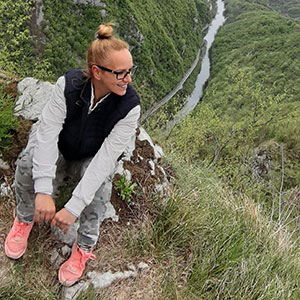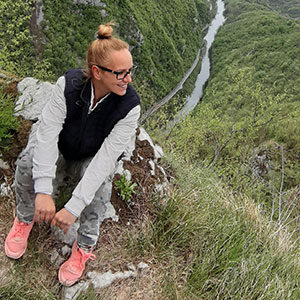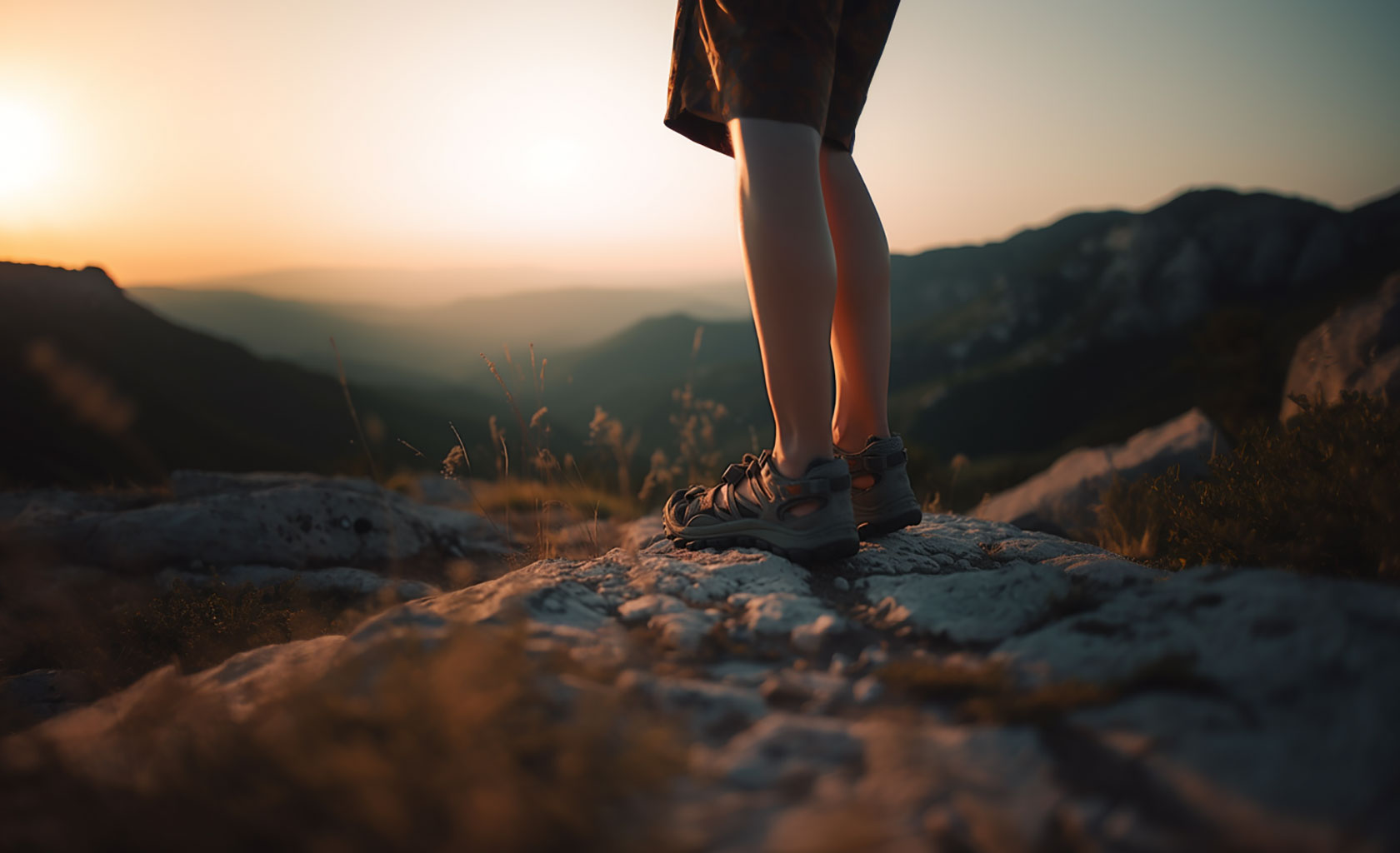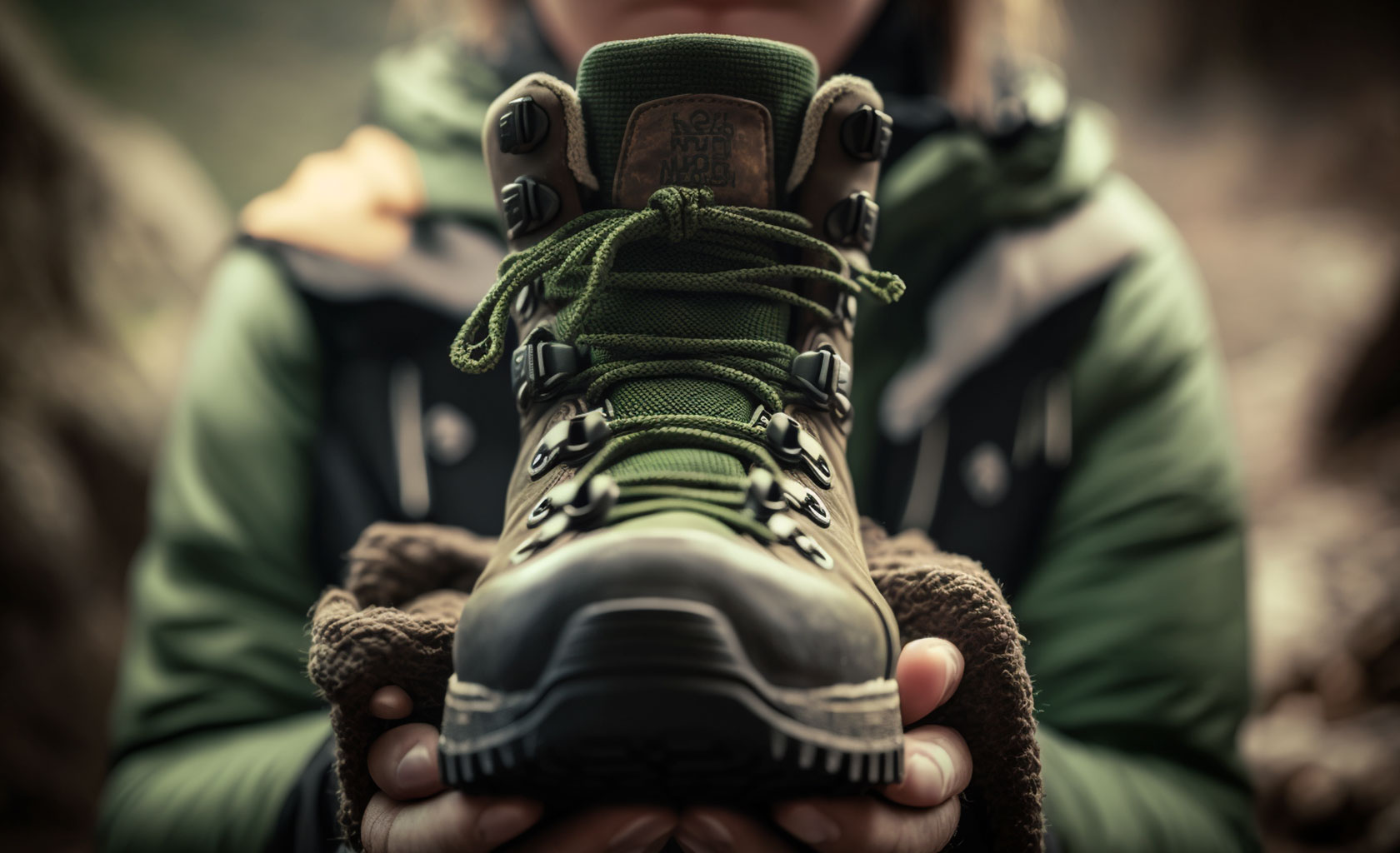YOU DO NEED HIKING CLOTHES
Buying clothes for hiking exclusively might sound strange and redundant only to someone who has never felt how, to say at least unpleasant, it may become when your body sweats under a warm, barely breathable jacket on a cold, windy day. Many of are familiar with the feeling. Yet, if you are a beginner reading this to prepare for your first long hike, know that choosing adequate clothes for hiking is the second most important item on your to-do list. Finding proper hiking footwear is still slightly more significant.
Let’s bring a closer look to it just for a moment. Hiking is a highly demanding physical activity. It takes vigor, strength and endurance. On long hikes your body tires. It experiences discomfort and even pain. Yet, you want it to keep moving. You want it to endure. This is to say that endurance, as a quality each hiker must possess, basically implies physical fatigue. Luckily enough, although the fatigue cannot be completely eliminated, it can be reduced to become easier to cope with. This is precisely where having adequate equipment, clothes included, makes a difference.
QUICK REVIEW
Hiking clothes imply many items. We will first list them and inform on their basic purpose.
Lower body:
- Hiking socks: they protect you from your hiking shoe as well as from your own sweat
- Underwear: boy or girl, boxers or bikini, keep in mind to put comfort first, no itching, no visible stitching (we sugges`t you go for seamless here)
- Base layer bottoms (long underwear): intended for hiking in cold weather, should provide additional warmth and breathability, moisture wicking included
- Hiking pants: must be very comfortable, as light as possible but still provide sufficient level of protection against sun, rain, thorns and bugs
Upper body:
- Sports bra (for women): comfort is a priority here so choose your best fit, avoid cotton
- Tank top (camisole): provides additional warmth on cold days and serves as an alternative to T-shirts on warm hikes
- Base layer top (long underwear): same as base layer bottoms, provides thermoregulation and comfort. Two options are available- crew neck and zip neck.
- Hiking jacket: this includes fleece jackets, rain jackets, down jackets etc. Basic qualities sought for are protection (against wind and rain) and breathability. Selection depends on the weather.
- Brimmed hat: to protect you from the sun and rain, quick note: do not forget sunglasses
Items listed above are basic pieces of hiking apparel. People who hike also wear:
- T-shirts: long or short sleeved, basic purpose is moisture wicking
- Hiking shorts: sometimes made of convertible hiking pants, excellent alternative for warm weather
- Gaiters: a piece of fabric that covers the part of your leg between hiking shoes and hiking pants, serve to protect you from debris, pests and water
- Gloves: insulation against wind and cold, provide warmth and water protection

WHAT TO LOOK FOR IN HIKING CLOTHES
This is where things get slightly more complicated. Term hiking clothes implies too many individual items for it to be easily analyzed and explained. Yet, we will try to do our best.
First thing that makes hiking clothes different from other types of clothes is their purpose. Utmost purpose of hiking clothes is to provide protection. However, this must never be done at the expense of comfort. Both are a must. Yet, how these two will perform jointly, in terms of hiking clothes, depends on two things:
- Fabric
- Intended use i.e. weather
This goes to say that fabric dictates qualities of hiking clothes meaning how comfortable and protected you will be wearing them, while weather you are dressing for dictates selection of the clothes and i.e. your clothing tactics.
PREFERED QUALITIES
Breathability
Your hiking clothes have to breathe. Your skin has to breathe wearing them. This quality becomes particularly important when you consider how many layers of clothes you are wearing when hiking. Breathability actually describes ability of a garment or a fabric to let the air in and out. It allows for more efficient ventilation of the body as well as quicker drying.
Moisture wicking
We say that specific material is moisture wicking when it is able to take the moisture (sweat) off your body and take it out or to the next layer of your clothing. This characteristic is most important for base layer since it is in direct contact with your body.
Thermoinsulation
Thermoinsulation stands for reduced heat transfer. Our body produces heat and clothes with good thermoinsulation prevent it from leaving. We often call such clothes warm but actually they do not produce warmth themselves but rather hold it. This quality is of particular importance for mid layers of your hiking clothes.
Waterproofness
Breathability and moisture wicking themselves will not keep you dry under heavy rain or snow. You need waterproof materials which do not allow water to penetrate at all. As you may think, waterproof materials are used for production of shell clothes (outer layer) such as rain jackets and pants. Hikers wear these mainly on rainy and windy days.
Windproofness
Similar to the above, being windproof means that fabric does not allow penetration of wind. This quality is not a complete opposite to breathability. Windproof materials breathe, but their fabrics are woven so tightly that air cannot go through them at speed. Such materials are also preferred for outer layer.
UV protection
When we say protection from sun we actually mean protection against UV rays. These cause sunburns and some more severe problems. Covering your skin with clothes does not mean that your skin is protected from UV rays. It can still burn. There are fabrics which provide high UPF and as such are also preferred for shell layers (sun glasses included).
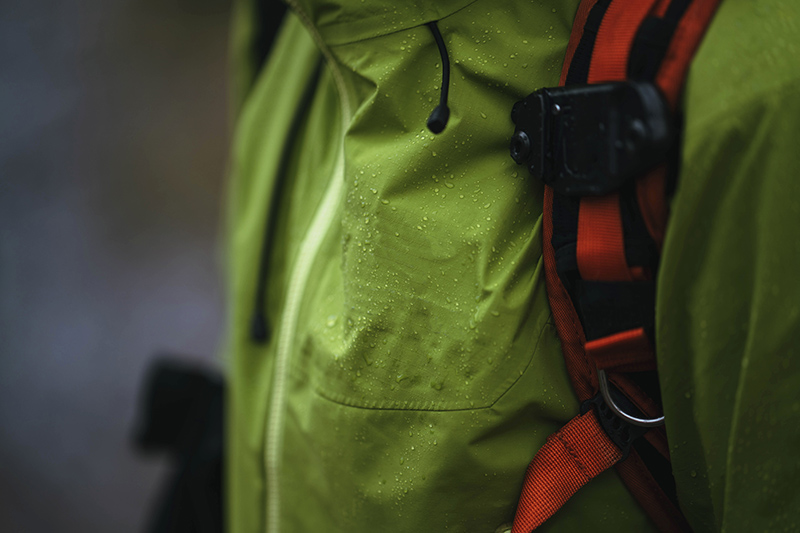
BEST FABRICS
Above listed qualities depend mostly on materials. Design and production technology also play a minor role. Anyhow, when buying hiking clothes you must check clothing labels. It might seem strange, but you should look for synthetic materials. These prove to meet the requirements of the sport much better than natural fabrics. Most of all, they do a better job in moisture management, which is not the case with natural fabrics.
Take cotton for example. Studies have shown that cotton absorbs approximately 25 times its weight. As remarkable as this capacity might seem, when it comes to hiking clothes it shows nothing but inadequacy. This is because materials with high absorbing power take eternity to dry off and that is a huge disadvantage in production of hiking garments. This does not mean, however, that natural materials are not used at all in hiking clothes, but rather that they are found in significantly lower percentage and mostly in combination with high performing synthetic materials.
Nylon and polyester
You will see these materials in majority of hiking clothes. This is because they are almost unbeatable- highly breathable and durable, doing an excellent job in moisture wicking, and above all are very soft on the skin. Between the two, nylon is more durable and even scratch-resistant. Both provide sufficient UV protection. These materials are thus found in hiking pants, shorts, shirts, base layers and jackets.
Fleece
Fleece is also a synthetic material, actually a type of polyester. It is excellent in thermoinsulation. It is very breathable and dries off quickly. Fleece is also lightweight and has great anti-perspiration characteristics. In terms of hiking clothes, fleece is used in production of jackets, sweatshirts, gloves
Silk
As a natural material, silk breathes exquisitely. It is very comfortable and feels great on the skin. Silk is extremely light which makes it easy to pack. However, it does not have the durability and odor control that synthetic materials have. It is not frequently used in hiking garments, but can be found in base layers, shirt, socks and gloves.
Cotton
Cotton is known for its comfort. Its high moisture absorbing power makes is good for shorter summer hikes but extremely bad or even dangerous for hiking in cold weather. The danger lies in its incapability to dry off. In combination with other materials, cotton is used in production of hiking pants and other hiking garments.
Wool
This natural material provides comfort, thermal insulation and natural odor- control. Unlike other materials, it retains warmth even when wet. As well as silk, it is more expensive and less durable than polyester for example. It is mostly used in base layers, mid layers such as fleece jackets, socks and headwear.
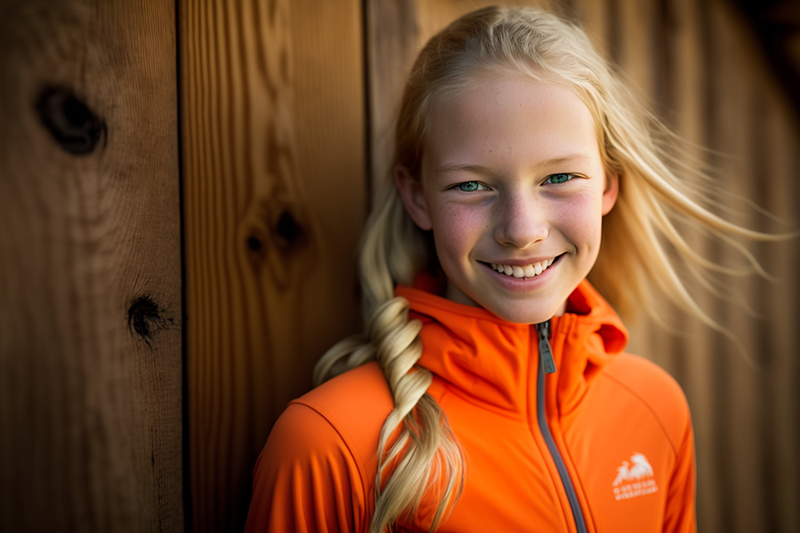
CLOTHING TACTICS – MAKING THE BEST CHOICE
In terms of hiking clothes, tactics imply choosing proper hiking garments for the occasion. To help you do this best, we have prepared a set of simple advice you should follow.
Use layers
You have to learn to love them. The point of layers is the ability to take them off and put on easily, depending on the level of your activity and outside temperature. There are 3 basic layers in hiking clothes:
- Base layer: It is the first layer next to your skin. It can include your underwear (short or long), shirts, tank tops etc. Base layer is always with you- whether there will be a mid layer and a shell depends strictly on the weather. Main function of this layer is to wick moisture from your body.
- Mid layer: It implies clothes worn over base layer on moderately cold and cold weather. Mid layer generally includes garments such as fleece jackets, fleece and woolen sweaters, dawn jackets etc. The purpose of mid layer is to keep you warm by holding in its fiber the air warmed by your body. You can even wear more than one mid layer.
- Shell: Shell is the outermost layer of hiking clothes. Hikers wear it over base layer or over mid layer, depending on the weather. Shell is generally worn on windy and rainy days. This layer includes garments such as rain jackets, waterproof jackets and pants, etc. Basic function of shell layer is to keep you safe from rain and wind.

Put purpose before fashion
Clothes are always a matter of taste. This is to say that people do not generally buy clothing they find ugly. Yet, when buying hiking clothes, you have to put purpose and function before fashion. Hiking clothes are not there to look good but to perform best. So, buy what you like, but always consider what you need first.
Plan ahead
Planning is a skill all hikers develop, sooner or later. It is essential for the sport. When it comes to clothes for hiking, planning ahead mainly comes down to 2 things: checking weather forecasts and inspecting the location you plan to hike on as much as possible (find useful information online). The information you get this way will determine which clothes you will buy/wear/pack. Quick tip- always prepare for worse conditions.
Don't overbuy
Do not exaggerate in shopping. You do need hiking clothes but think carefully before buying. Quick advice- avoid buying too many items in a single day. This reduces the likelihood of making a good choice for each garment. Give yourself time to decide whether a piece of hiking clothing is something you need or something you want. Remember, hiking clothes are all about function.
Be careful with cotton
Unless it is warm and dry outside. We have already discussed the reasons why this fabric is not the best choice for hiking clothes. However, we decided to emphasize the issue once more because people have such a deep trust in this material. So, avoid wearing cotton garments when hiking, especially if the weather is cold. Remember this advice, it might save you from big trouble.

